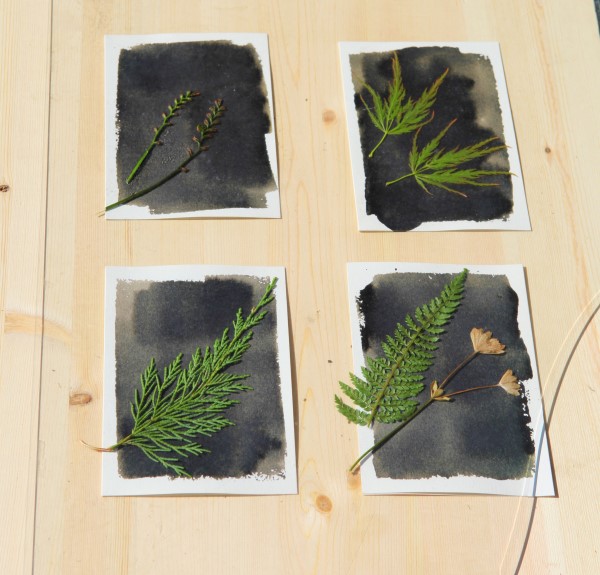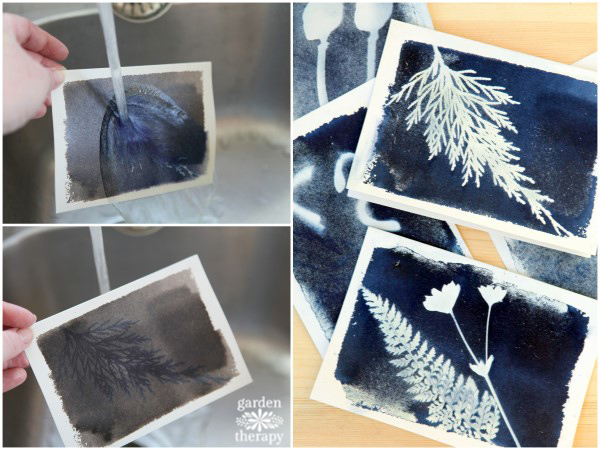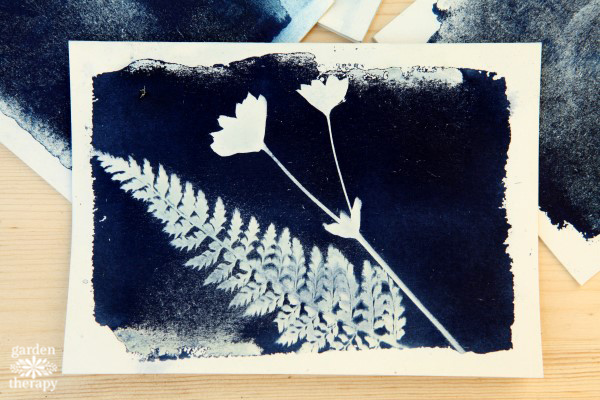My family adores bird watching. We have multiple feeders around our yard so we can enjoy seeing the birds flit around the feeder and grab a snack. Sipping your morning coffee while watching the birds visit the feeders is both meditative and amusing. Even more so with this pretty pedestal flowerpot bird feeder I made.
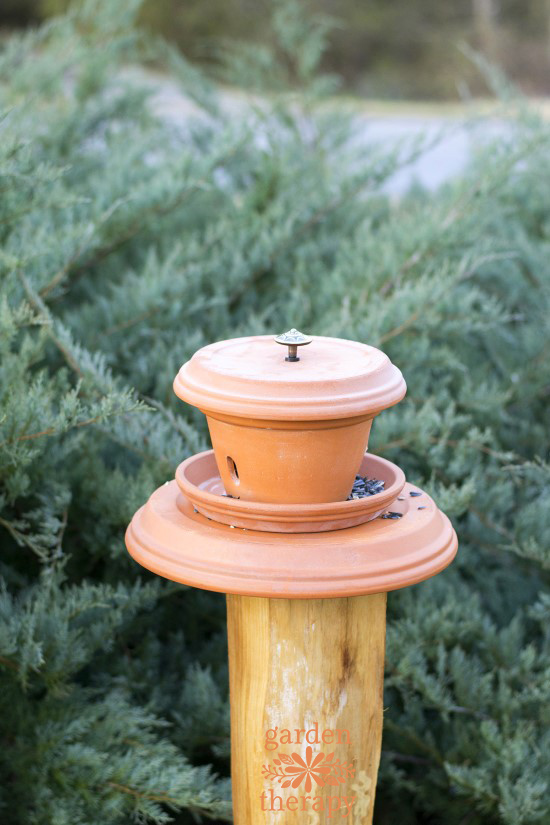
I’ve seen terracotta bird feeders on many occasions and it looked like an easy DIY to tackle. Lord knows I have enough clay pots laying around my shed. I decided to make a pedestal-type feeder instead of a hanging feeder because I wanted place it among a large juniper hedge I have in my front yard. Terracotta pots can have a bit of weight to them too. The pedestal holds the feeder much better than a tree branch could and it looks pretty fantastic if I do say so myself!
Materials
- 1 drawer knob pull (with accompanying hardware)
- E-6000 Adhesive (or any industrial strength adhesive)
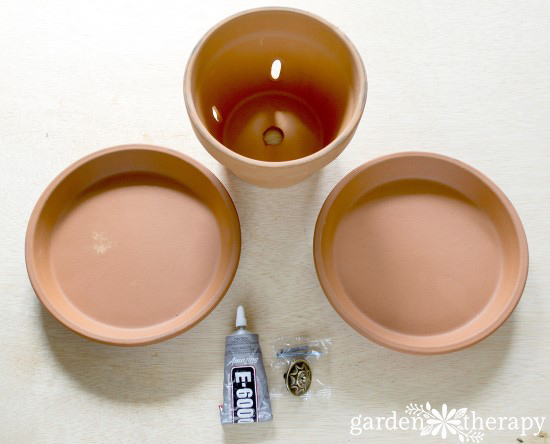
Not shown
- Drill with masonry bit (large enough to make a hole big enough for the knob screw to pass through)
- 3 1/2 inch rubber washers
- 12 inch clay saucer (optional)
- 5.5 foot cedar end fence post with one end flat and level (optional)
A Note on Supplies
I used a cedar fence post for my pedestal. You can use any weatherproof upright structure for the pedestal: stone, treated wood, or several terracotta pots stacked on top of each other. For the 12-inch saucer, you can use a heavy plate or dish that’s sturdy enough to handle the elements. I already had both, so that’s what I used.
Make it!
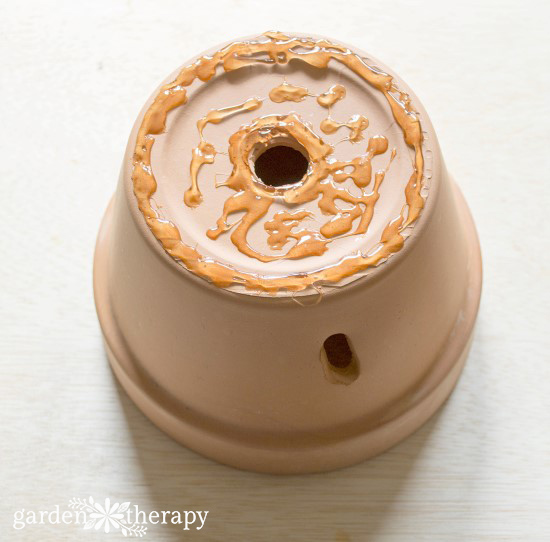
Add a generous amount of adhesive to the base of the orchid pot. Make sure you are in a well-ventilated area.
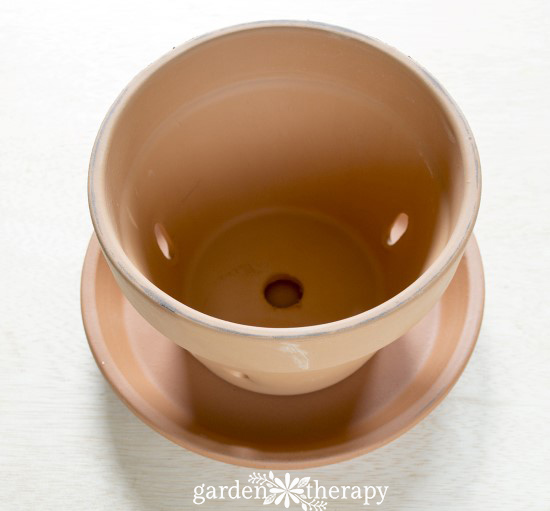
Center the orchid pot on top of one of the 8-inch saucers. Add more adhesive to the drain hole of the orchid pot so that it is filled. E-6000 will dry clear and takes at least half an hour to set. I let the glue dry for an hour before I moved the pot.
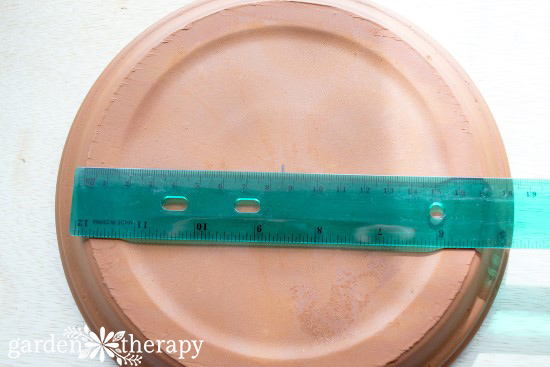
Measure and mark the center of the other 8-inch saucer. This is where the drawer knob is going to go. This will create a handle for the top of the feeder. With a drill fitted with a masonry bit, drill a hole in the marked spot. *For a small hole, the chances of cracking the terracotta is low. However, if this is your first time drilling through clay, you can soak the saucer in water overnight to reduce the chance of the saucer cracking.

Remove the knob from its packaging and place two 1/2-inch rubber washers at the base of the screw.
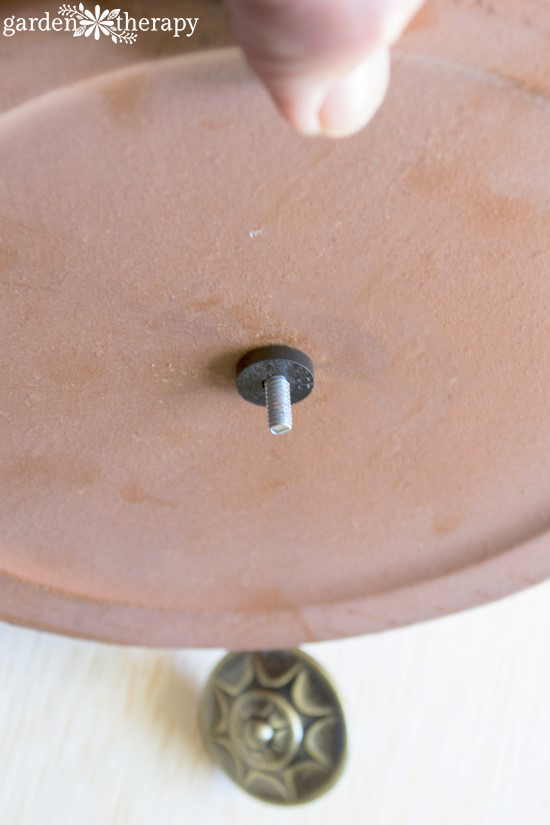
Pass the screw through the drilled hole in the saucer (make sure the lip of the saucer is facing down). Add the other 1/2-inch rubber washer and then the knob.
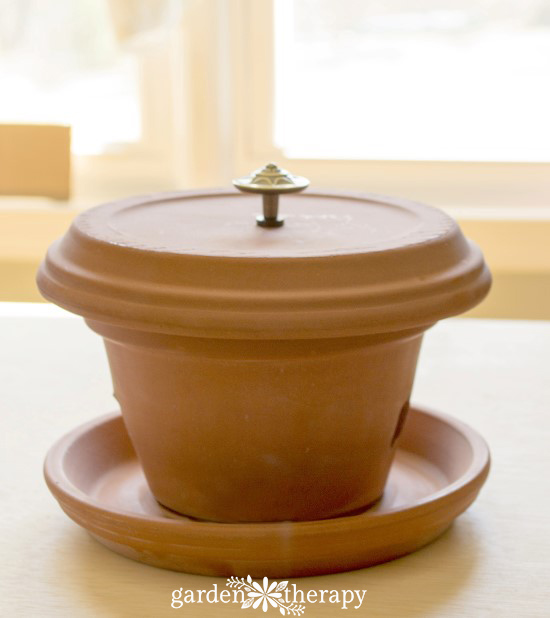
Add the lid to the feeder and this part is done. Now, let’s make the pedestal!

To insert the post into the ground will take a few special tools: post hole digger, lever and digging bar. I employed my husband for this task. I did pay him with cookies.

Dig a hole deep enough to sink the post about 6 inches.
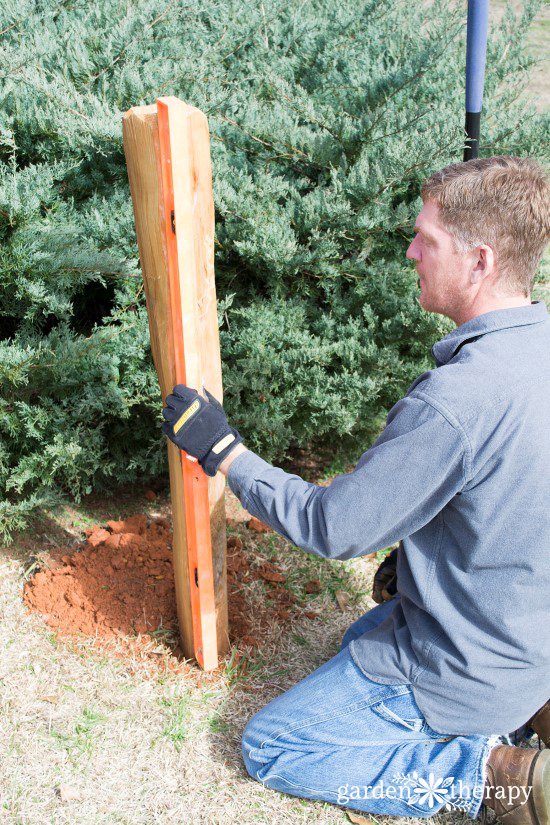
Make sure the post is level before filling in with dirt to secure it in place.
Add the 12-inch terracotta saucer on top of the post, lip facing down, making sure it’s centered. Fill the feeder with bird seed and place it on top. Ta-da!
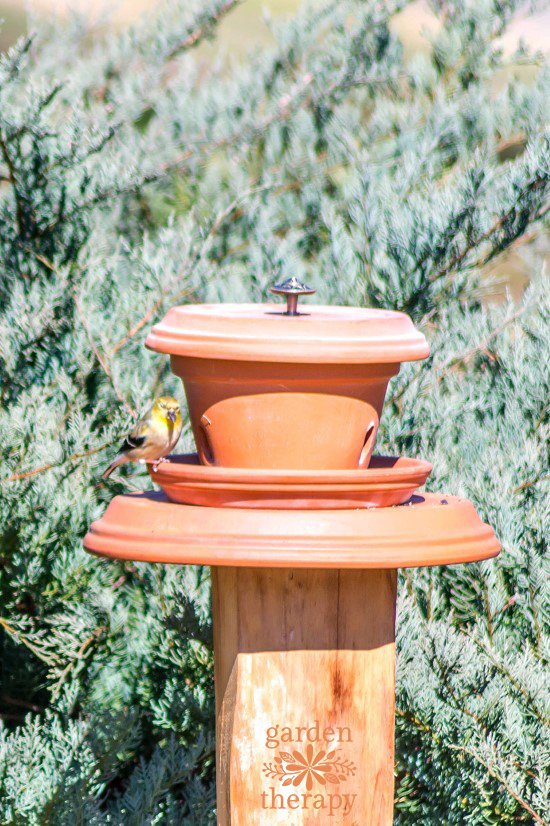
I chose not to adhere the 12-inch saucer to the post as these unglazed pots may break over winter in cold weather. I can keep it out for most of the year where I live, but if you live where there are cold winter freezes, then choose glazed pots for your garden. The weight of the feeder keeps it secure in place so I don’t feel the need to worry about it falling over. Smaller birds like finches and chickadees (and even a cardinal) did not shift the feeder at all, but again, if your weather conditions tend to have more wind than mine, then you may want to secure it to the post permanently.
Want to know more about backyard birding? Check out Why Backyard Birding is Back.
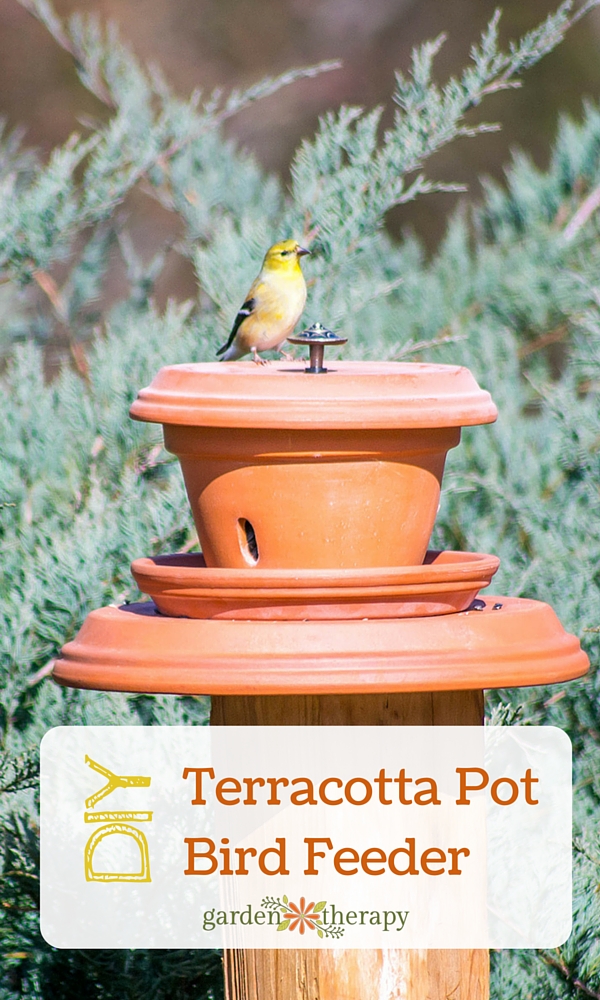
Original article and pictures take gardentherapy.ca site







































